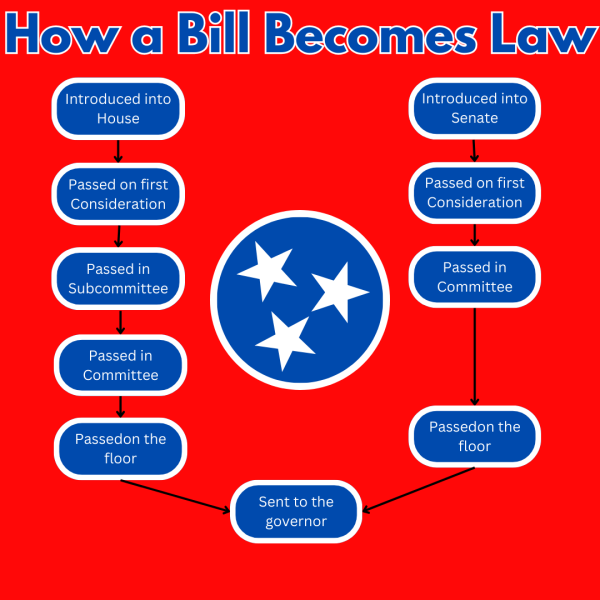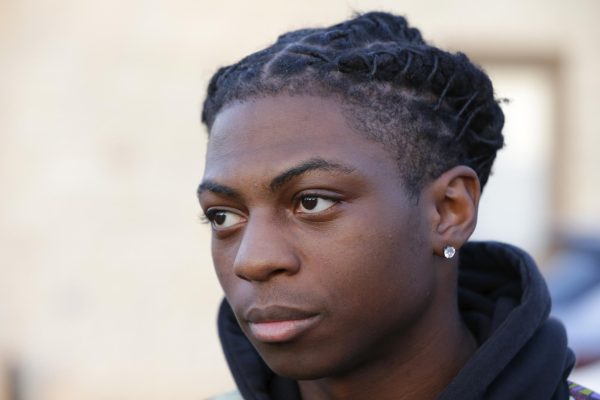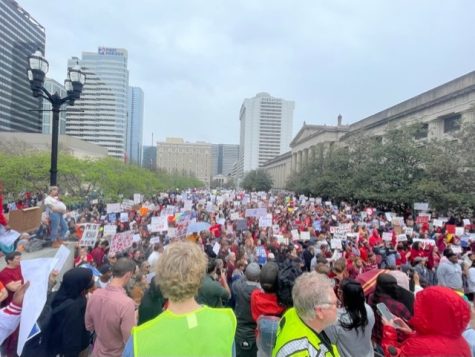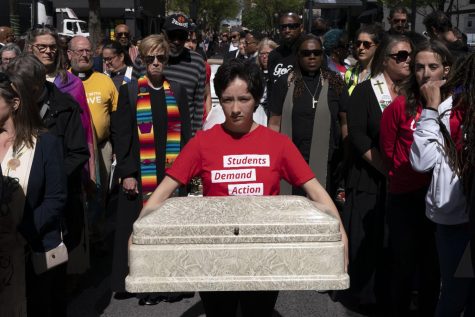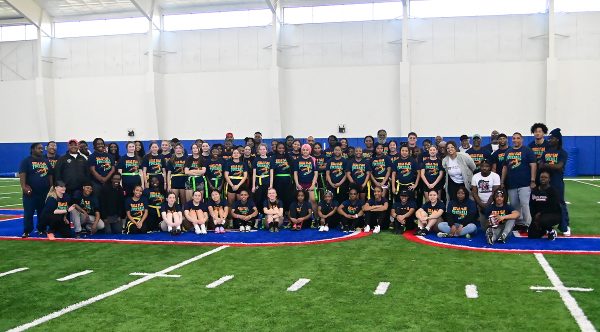Recent arrest of 14 students raises question of success rate of jail time for school fighters
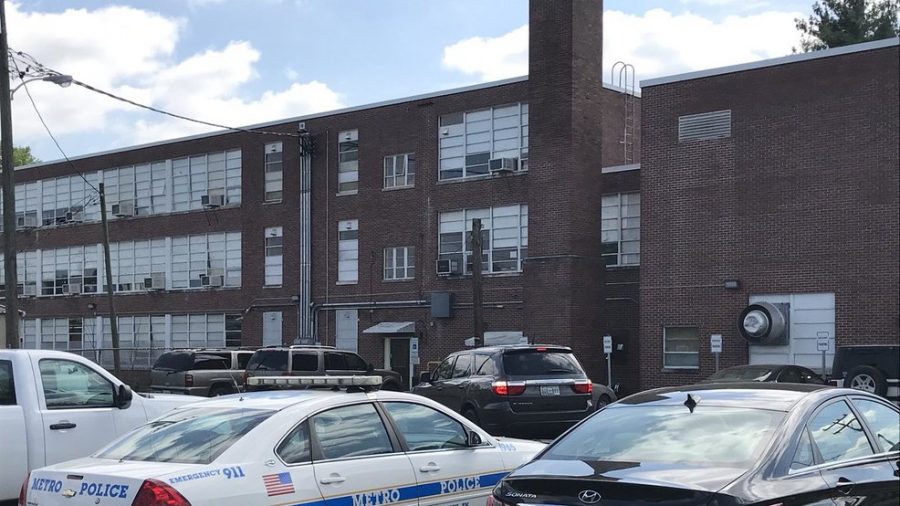
On a Thursday In Nashville Tennessee 14 middle school students were arrested at a Metro Nashville school, the Johnson Alternative Learning Center. The incident began with a fight between students in a portable classroom which required SROs (school resource officers) to respond.
The end result was a teacher in the classroom was assaulted by a 13-year-old female . The teacher was not seriously injured in the assault, though MNPS takes every assault on a school employ seriously regardless of the severity of the injury.
When officers tried to take the female student into custody, News Channel 5 reported the teen assaulted the SROs.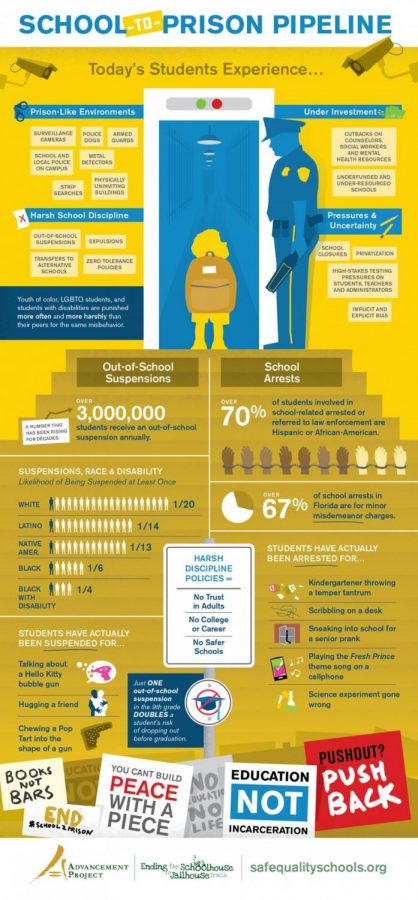
A third officer was assaulted by another 13 year-old-girl in the classroom and soon the fight grew.
MNPD reports that a police officer was assaulted and struck in the face several times by a 14-year-old. The teen from principal’s office was taken to Vanderbilt University Medical Center for treatment of a minor hand injury. No police officers or school staff were taken to the hospital.
This kind of event causes the discussion amongst high school students as to whether middle school students should be held behind bars. This recent event inspired the Hillsboro Globe to ask high school students what their opinion is about incarcerating teens.
For the purpose of honest feedback, the Hillsboro Globe offered anonymity for responses to the following questions:
- Do you think the teens should be held behind bars?
- What are the positive or negative outcomes of holding teens behind bars?
- What do you believe is the solution for guiding teens who make poor decisions to make better choices?
One Metro Nashville student closely familiar with the incident at Johnson Alternative Learning Center suggested that these students, “should stay behind bars because they shouldn’t be fighting in schools. They should be held there as long as it takes to give them an education. Adults should be trying to prevent harm that could others and doing wrong in schools.”
Another response suggested that holding young students behind bars has consequences that might lead to more negative outcomes than if they were not held behind bars.”The fact that these students are in an alternative school suggests that they already have issues with bad choices. Putting them behind bars is not going t change the outcome because if it happened once before it’ll happened again. Even if authorities double the number of police officers in schools, teens who have shown disrespect for the police and principals obviously don’t care about polices anymore. They obviously don’t fear them, which is a problem.
What many students we spoke to want, however, are solutions to all the violence. Students want opportunities that can turn the life around of a young person who still has a chance to change his or her life. Being behind bars might be a wake call for some. Another student shared, ” Being in jail was a wake-up call for me because jail isn’t for some people. I don’t like being told what to do under those circumstances. If I had a choice I would rather be free.’
Successes at alternative schools credit SEL programs as one of the solutions. “Social and emotional learning (SEL) is the process through which children and adults acquire and effectively apply the knowledge, attitudes, and skills necessary to understand and manage emotions, set and achieve positive goals, feel and show empathy for others, establish and maintain positive relationships, and make responsible decisions,” as defined by the TN CASEL program.
Students at the Johnson Alternative Learning Center have a very transient student body. Some students are there for 6 weeks and could be there for up to a year depending on the reasons for expulsion from his or her zoned school.
JALC is a small learning environment which means that every teacher here takes an individualized approach to learning. Social and emotional learning are emphasized, while restorative justice teaches more peaceful conflict resolution.
My name is Jordin Pillow and I'm a student at Hillsboro High School. My current pathway is Global Health and Science. I'm also in the class of 2017-2018.
I'm...


